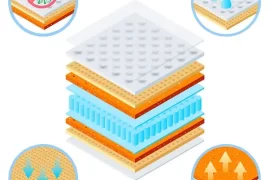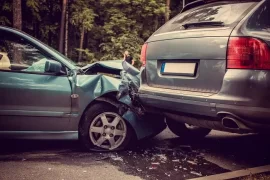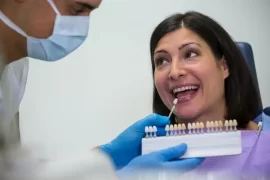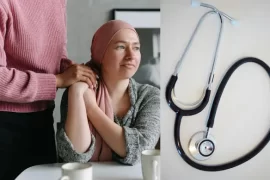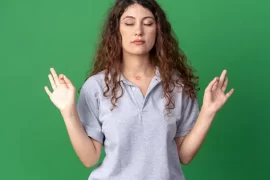Varicose veins, those swollen and twisted veins typically seen on the legs, are not merely a cosmetic concern. For many older adults, they can be a source of significant discomfort and can indicate underlying circulatory issues. Many individuals turn to a varicose veins specialist to better understand and manage this condition. Delving deeper, this post will explore the complexities of varicose veins in the ageing population.
1. Understanding the Basics of Varicose Veins
Varicose veins develop when blood doesn’t flow efficiently through the veins, causing them to enlarge and appear blue or dark purple. The veins you see are superficial veins that lie close to the skin’s surface. They can become prominent when blood pools in them, making them appear swollen and bulging.
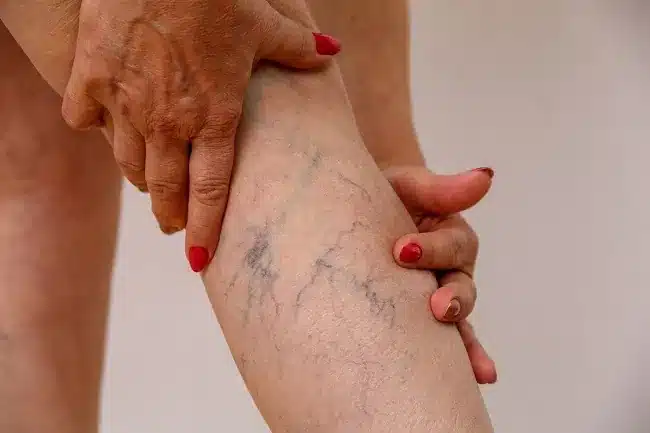
Their formation is primarily due to the weakening of valves within the veins. When functioning correctly, these valves ensure the unidirectional flow of blood. However, when they fail, it leads to blood pooling and vein enlargement. While they are most common in the legs due to gravity’s impact on blood flow, they can technically occur in any part of the body.
2. Why Older Adults are Prone to Varicose Veins
With age, the elasticity of the veins can decrease, causing the valves inside them to function less effectively. When these valves, which prevent blood from flowing backward, don’t work as they should, blood can accumulate in the veins, leading to the formation of varicose veins. The ageing process is a significant contributor, but genetics also plays a role. Obesity can exacerbate the problem as increased weight puts added pressure on the veins. Additionally, lifestyle factors, such as careers that require prolonged standing, can increase the risk. Hormonal changes, particularly in women during menopause, can also be a contributing factor.
3. Symptoms and Concerns
While many are primarily concerned with the appearance of these enlarged veins, the symptoms can be far-reaching. Many older adults experience aching pain, itching around the vein, and a heavy feeling in their legs. In more severe cases, an individual might develop skin ulcers near the ankle – a clear sign that medical attention is imperative. Prolonged untreated varicose veins can also lead to skin discolouration in the affected area. The itching sensation, often dismissed, can become chronic, leading to a condition called venous eczema. In some extreme cases, the veins might bleed, requiring immediate medical attention.
4. Non-Surgical Interventions
Thankfully, there are multiple ways to manage the symptoms without resorting to surgery. Elevating the legs, wearing compression stockings, and partaking in regular exercise can help stimulate circulation and alleviate symptoms. While these methods won’t eliminate the veins, they can significantly diminish discomfort and reduce the risk of further complications. It’s also worth noting that certain dietary changes, such as reducing salt intake, can help reduce swelling and prevent the exacerbation of symptoms. Regularly moisturising the affected area can also aid in alleviating the itching and dryness often associated with varicose veins.
5. When to Seek Professional Help
If non-surgical interventions aren’t providing relief or increasing concern about the appearance or complications associated with the veins, seeking professional help becomes paramount. A professional can guide you on advanced treatment options, which might include minimally invasive procedures to seal off or remove the problematic veins. Early consultation can prevent potential complications like venous leg ulcers. With evolving medical techniques, many of these treatments are now outpatient procedures with minimal downtime.
In Conclusion, understanding varicose veins and their implications is essential, especially for older adults. If not addressed timely, these veins can lead to more severe health concerns, emphasising the importance of consulting a varicose veins specialist. Armed with the right knowledge and proactive measures, one can effectively manage the symptoms and maintain a good quality of life.


